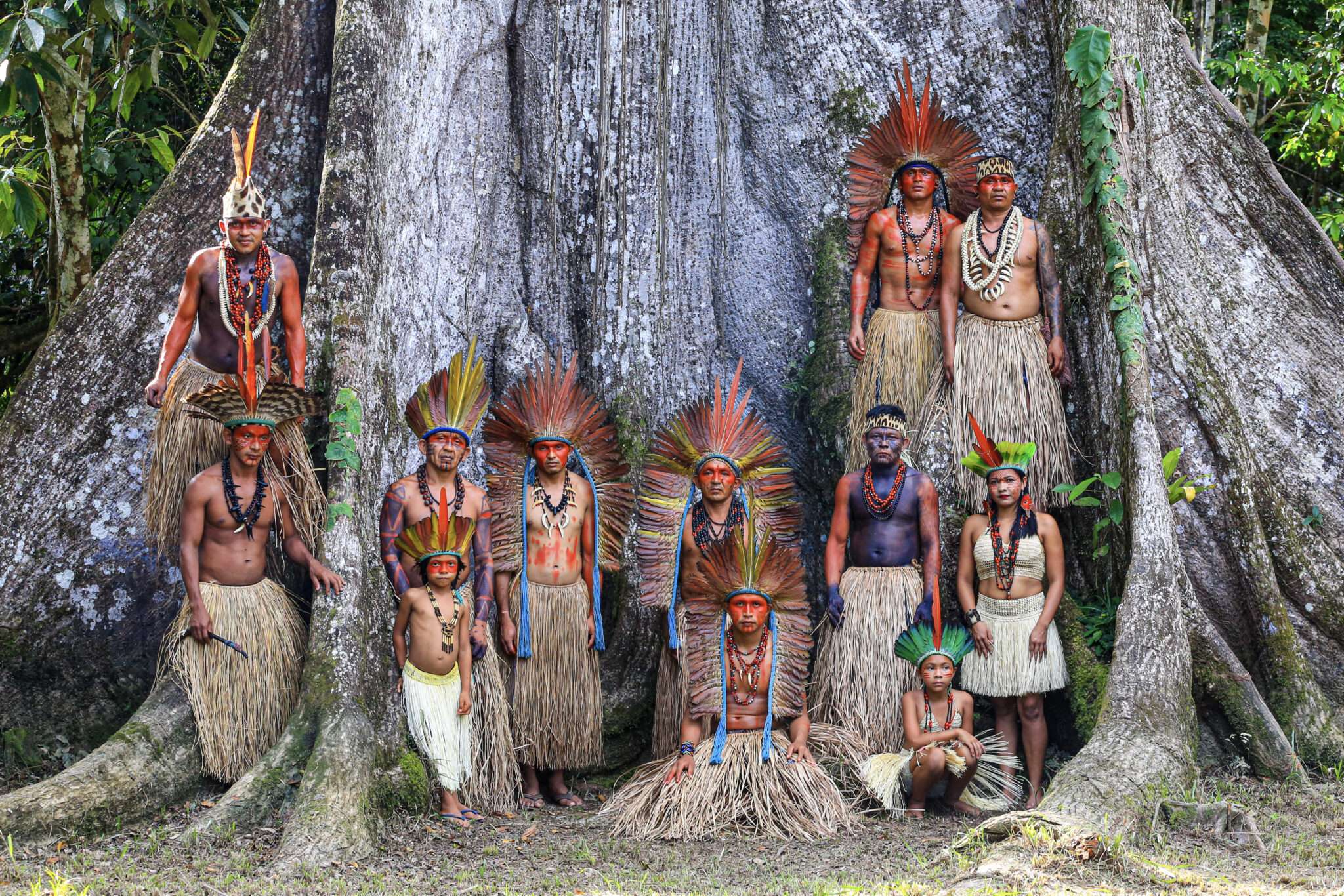Kuntanawa: kako je obred ayahuaske obnavio identitet i teritoriju zaboravljenog plemena
Na porodičnim okupljanjima, Kuntanawa koriste priliku da interno izgrade konsenzus oko svojih etničkih i teritorijalnih zahteva.Fotografija: Haru Kuntanawa, selo Sedam Zvezda, 2008. Kuntanawa narod je navodno bio istrebljen tokom oružanih […]
Kuntanawa: kako je obred ayahuaske obnavio identitet i teritoriju zaboravljenog plemena Read More »

